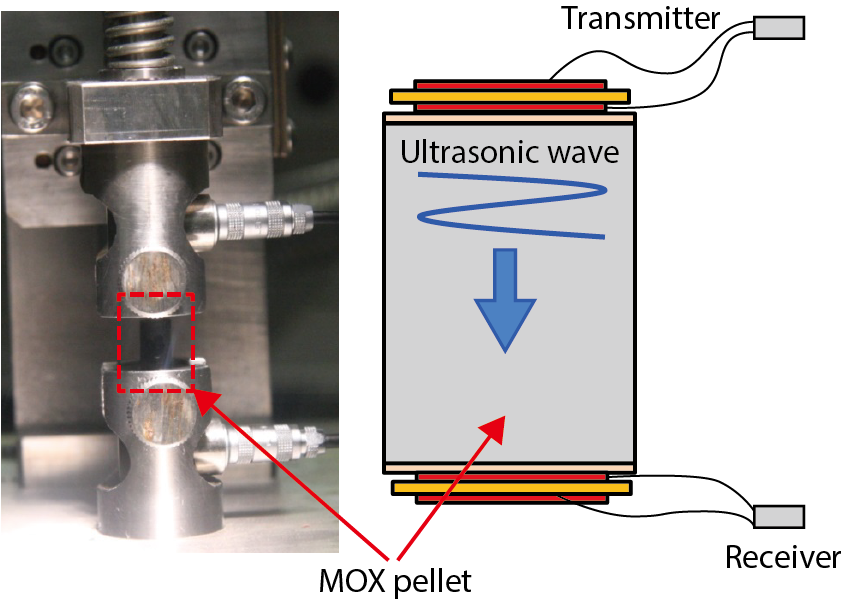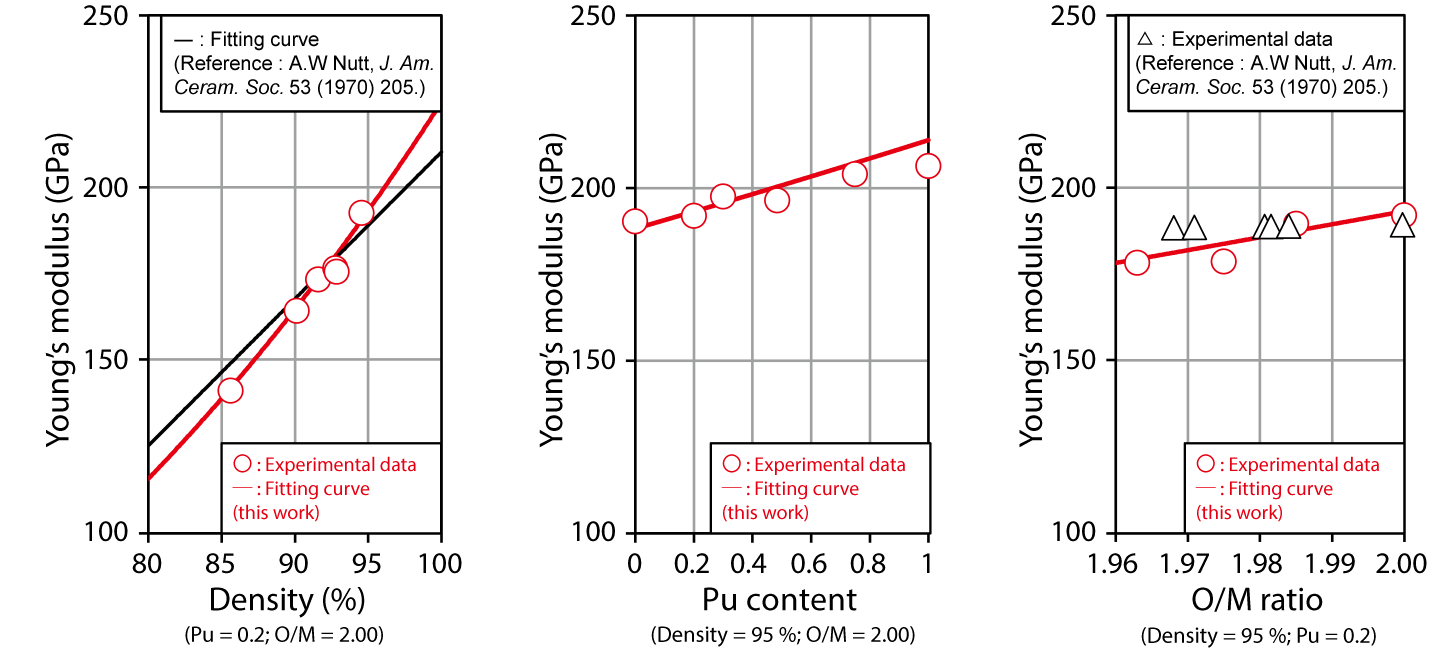
Fig.7-5 Outline of measurement by the ultrasound method

Fig.7-6 The effect of density, Pu content, and O/M ratio upon the Young’s modulus
To secure the soundness of fuel pins during irradiation, these pins must be designed to prevent raptures brought about by fuel-and-cladding mechanical interaction (FCMI). Mechanical properties such as the Young’s modulus of the uranium-plutonium mixed-oxide (MOX) fuel are used to evaluate the FCMI behaviors. The Young’s modulus of MOX fuel is known to be influenced by various factors such as density and plutonium (Pu) content. Moreover, the oxygen-to-metal (O/M) ratio is expected to influence on the Young’s modulus. However, no report has yet evaluated or formulated the effects of all factors.
In this study, various MOX pellets of different densities, Pu contents, and O/M ratios were prepared and the sound speeds of longitudinal and transversal waves in the pellets were measured by the ultrasound method. This measurement is outlined in Fig.7-5. By this method, the time taken for an ultrasound wave traveling from the transmitter to the receiver is measured. The sound speeds are calculated by the time and the distance over which the ultrasound travels. Then, mechanical properties such as Young’s modulus can be derived from the sound speeds.
The results of the Young’s modulus are shown in Fig.7-6. The measurement and the evaluation revealed that the Young’s modulus decreased significantly as the density decreased. For lower densities, the decrease of the cross section capable of taking stress is considered as the reason for the decrease of the Young’s modulus.
The Young’s modulus was enhanced for MOX with a higher Pu content. It has been reported that this was the case because the interatomic bonding force is stronger for higher Pu contents. The effect of the O/M ratio was obtained such that Young’s modulus decreased along with O/M, and the reason for this may also be the effect of the interatomic-bonding force.
The fitting equations for calculating mechanical properties such as Young’s modulus as functions of density, Pu content, and O/M ratio were proposed from the experimental results. The equations can offer accurate properties for evaluating FCMI, which contributes to the development of MOX fuel design.
As a future plan, we will further study science-based models of MOX properties by integrating various properties on top of the mechanical ones obtained in this work.